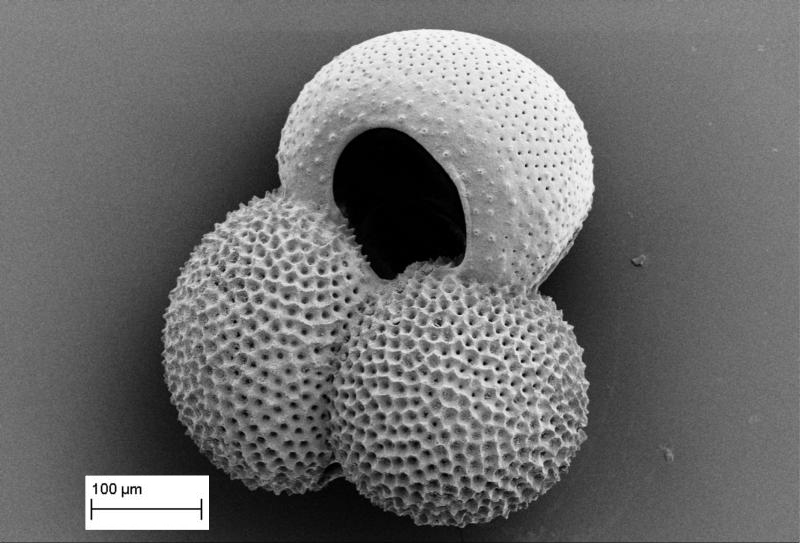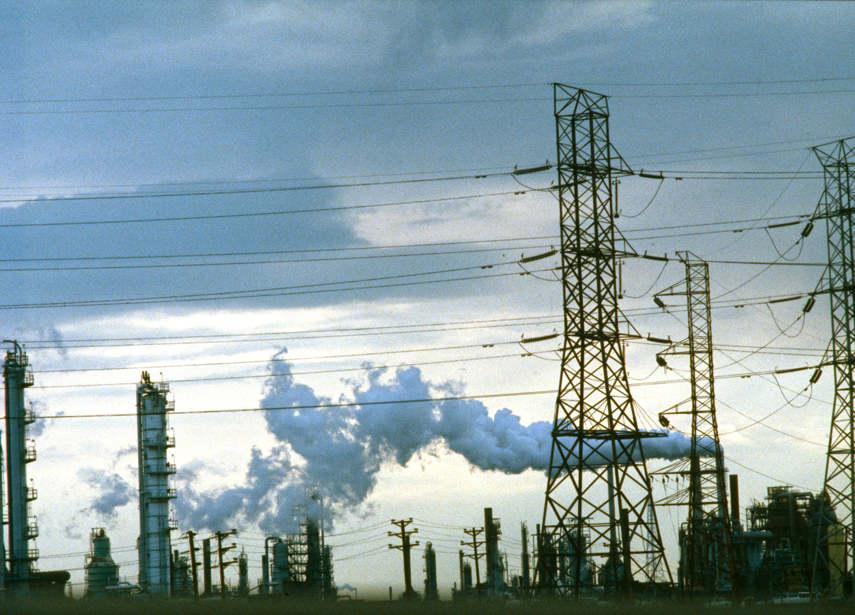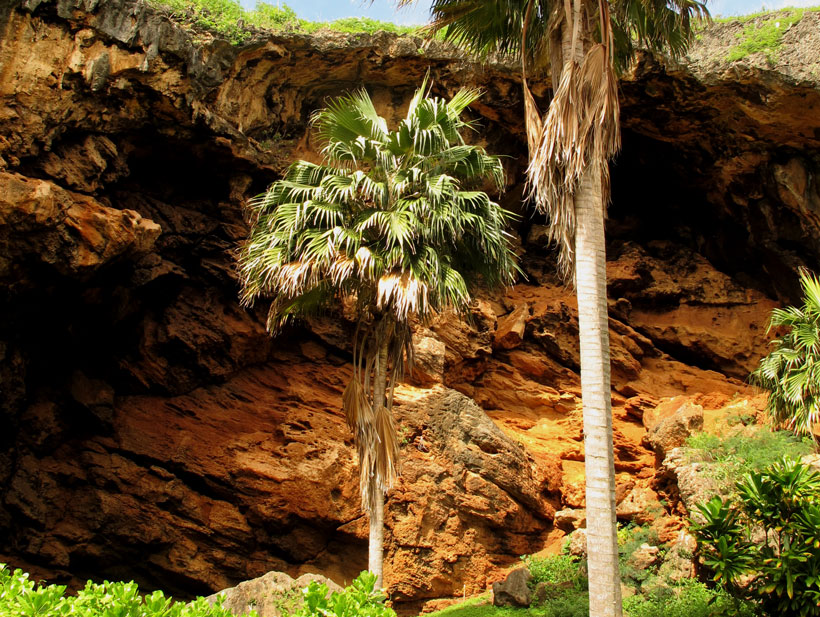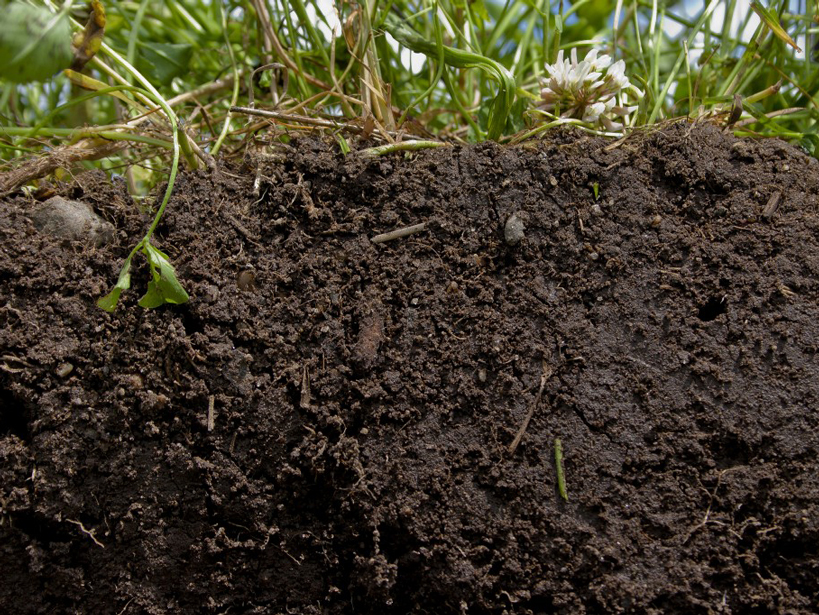Twenty years of ground motion observations show that seismic strain is accumulating south of Istanbul.
Geophysical Research Letters
What Drove Sea Surface Temperature Change During the Pleistocene?
New information suggests that atmospheric carbon dioxide concentration was just one of the main drivers of warming sea surface temperatures in the Pleistocene.
"Knobby Terrain" a Sign of Mars's Explosive Past
Newly identified knobby terrain related to ancient volcanoes on Mars hint that pyroclastic ash and rock flowed down slopes early in the red planet's history.
Changing Patterns in U.S. Air Quality
Over the northeast United States, ground-level ozone will peak in the winter rather than the summer thanks to continued reductions of regional nitrogen oxide emissions from smokestacks and tailpipes.
Tracking Down a Subduction Zone Earthquake
Researchers use computer simulations to find the date and earthquake source of an ancient tsunami that deposited sediment in a Hawaii sinkhole.
Microbial Activity in Dry Soils
Researchers investigate how microbes respire in dry conditions.
Wave Energy Affects the Surf Zone Heat Budget
A study of water temperature in nearshore environments shows that wave energy was the second-largest driver of temperature changes in the surf zone.
Seismic Wave Modeling Goes Local
A new technique brings accurate models of traveling seismic waves to a regional scale.
Polar Warming Makes the Jet Stream Stable, Not Wavy or Blocked
An idealized climate model suggests polar warming stabilizes the jet stream and reduces atmospheric blocking at midlatitudes.
Warming Hiatus Periods to Become Increasingly Unlikely
Anthropogenic climate change is reducing the likelihood of the Earth seeing another slowdown in the rate of surface warming.









